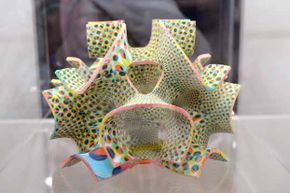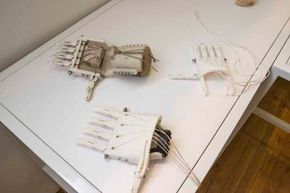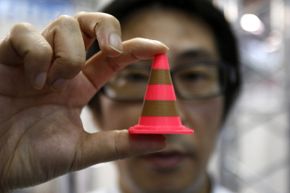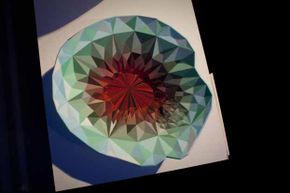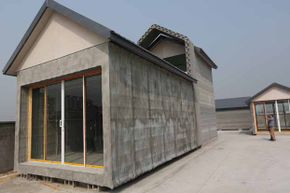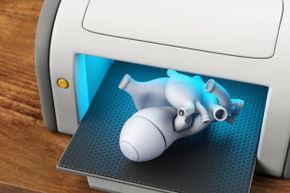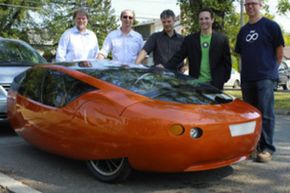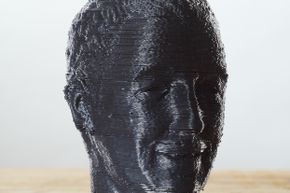When an engineer named Chuck Hall first dreamed up the idea of printing three-dimensional objects back in the early 1980s, it probably seemed to many people like something out of a particularly far-fetched sci-fi novel [source: Ponsford and Glass]. But since then, 3-D printing — which involves sending a 3-D design to a special machine that piles layers of raw materials onto one another — has not only become a reality, but a game-changer that promises to remake our world as radically as the steam engine, electricity and the computer once did [sources: Anthony, Hoffman].
Not only will 3-D printers allow manufacturers to slash the time it takes to design and make a product, but the machines can enable the creation of complex shapes and structures that weren't previously feasible. They may even lead us into a new industrial age where we won't need factories and assembly lines to produce many items. Instead, a designer may transmit plans for products — from airplane parts to clothing and toys — directly to the end-users' own printers [source: Cohen].
Advertisement
Already, 3-D printing has been embraced by big companies such as Ford, which is printing the engine cover for its 2015 Mustang, and GE, which plans to print fuel nozzles for jet aircraft [source: Heller].
But that's just the tip of the incredible range of items that 3-D printers can create. From pharmaceuticals to prosthetic body parts to food, let's examine 10 ways 3-D printing technology could change the world in the years to come.
